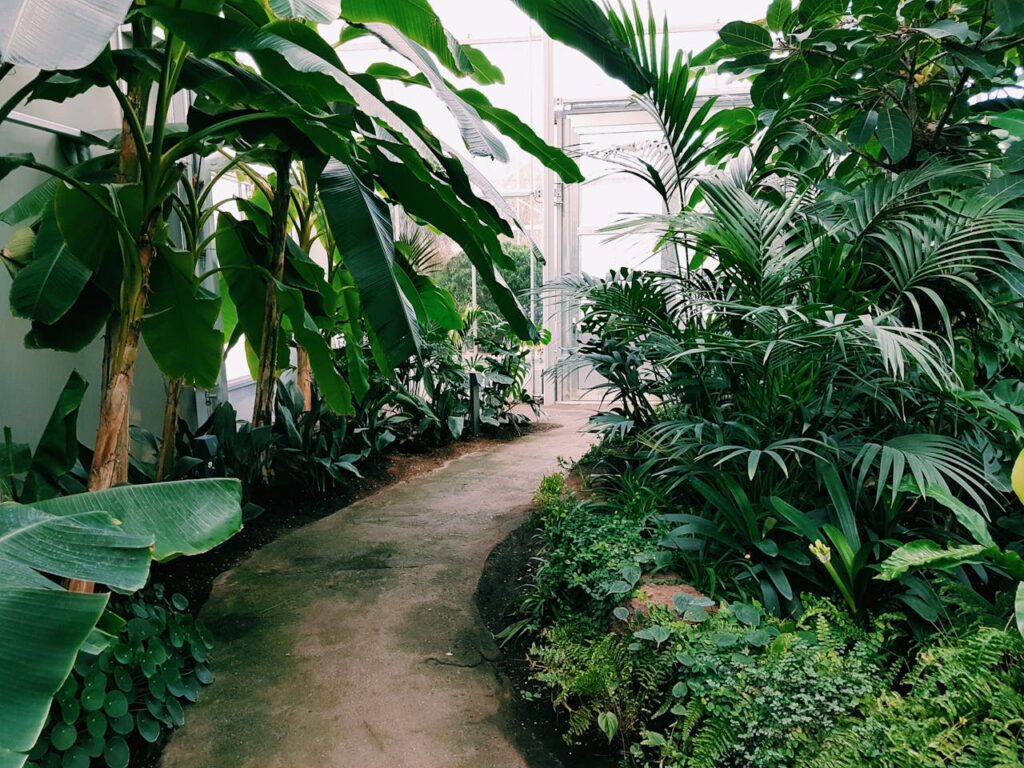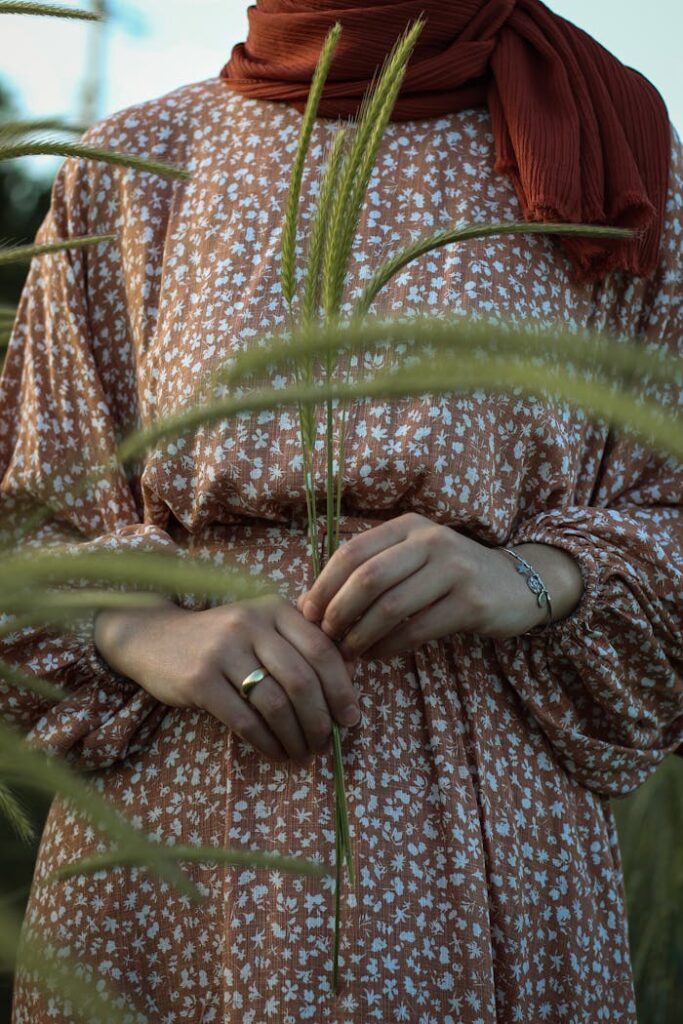In recent years, modern garden design has undergone a significant transformation, blending aesthetics with functionality and sustainability. As we embrace new technologies and eco-friendly practices, the landscape of our outdoor spaces is evolving. This article explores the top landscaping trends shaping contemporary gardens, offering inspiration for homeowners and garden enthusiasts alike.
Introduction to Modern Garden Landscaping Trends
The concept of a garden has expanded beyond mere plant cultivation. Today’s modern gardens are multi-functional spaces that reflect our lifestyles, values, and the increasing need for connection with nature. From sustainable practices to smart technology integration, these trends are reshaping how we approach outdoor living.

- Sustainable and Eco-Friendly Landscaping
Sustainability is at the forefront of modern garden design. Eco-friendly garden materials and practices are no longer just options but necessities. Native plant gardening has gained popularity, with gardeners recognizing the benefits of plants adapted to local climates. These plants require less water and maintenance while supporting local ecosystems.
Water-wise garden design is another crucial aspect of sustainable landscaping. Techniques such as rainwater harvesting, drought-tolerant landscaping, and efficient irrigation systems help conserve water. Drought-tolerant plants like lavender, succulents, and ornamental grasses are becoming staples in modern gardens.
Pollinator gardens are also on the rise. By incorporating plants that attract bees, butterflies, and other pollinators, gardeners are creating wildlife-friendly landscaping that supports biodiversity. Native wildflowers, herb gardens, and flowering shrubs are excellent choices for pollinator-friendly designs.

- Outdoor Living Spaces
The line between indoor and outdoor living continues to blur. Modern gardens are increasingly seen as extensions of the home, with multi-functional areas designed for relaxation, entertainment, and even work. Outdoor kitchen trends have soared, with fully equipped cooking areas, pizza ovens, and bar setups becoming common features.
Comfortable seating nooks with weather-resistant furniture, outdoor heaters, and cozy textiles allow for year-round enjoyment of the garden. These spaces often incorporate smart garden technology, such as weatherproof televisions and sound systems, enhancing the outdoor experience.

- Smart Technology Integration
Technology is playing an increasingly significant role in modern garden design. Smart irrigation systems that adjust watering schedules based on weather conditions and soil moisture levels are becoming standard. These systems not only conserve water but also ensure optimal plant health.
Lighting is another area where technology shines. Smart lighting solutions allow for programmable, energy-efficient illumination that can create different moods and highlight key garden features. Solar-powered options are particularly popular in eco-conscious designs.
Automated garden maintenance systems, such as robotic lawn mowers and scheduled plant care apps, are making it easier for busy homeowners to maintain beautiful gardens with minimal effort.
- Minimalist Design Elements
Clean lines, geometric shapes, and simplified plant palettes characterize the minimalist trend in modern garden design. Geometric garden design often features strong structural elements like square planters, linear pathways, and circular seating areas.
Monochromatic plant schemes are gaining traction, with designers using variations in texture and form within a limited color palette to create visual interest. This approach results in a cohesive, sophisticated look that’s both striking and low-maintenance.
- Vertical Gardening and Green Walls
As urban spaces become denser, vertical gardening solutions are increasingly popular. Living wall installation has become a sought-after feature, transforming blank walls into lush, green canvases. These vertical gardens not only look stunning but also improve air quality and provide insulation.
Vertical vegetable gardens are another trend, allowing even those with limited space to grow their own produce. Climbing plant structures, such as trellises and arbors, add height and interest to gardens while supporting vines and climbing roses.
- Edible Landscaping
The concept of edible landscape design has taken root in modern gardens. Ornamental vegetable gardens combine beauty with functionality, integrating colorful vegetables and herbs into traditional flower beds. Fruit trees are being used as focal points, providing spring blossoms and fall harvests.
Herb spirals and kitchen gardens located near outdoor cooking areas offer fresh ingredients at arm’s reach. This trend not only promotes sustainability but also reconnects people with the source of their food.
- Natural and Organic Materials
The use of natural and organic materials is a key trend in modern landscaping. Reclaimed wood in landscaping, such as weathered barn wood for fences or driftwood as sculptural elements, adds character and sustainability to garden designs.
Natural stone elements, from boulder accents to gravel pathways, bring a timeless quality to gardens. Sustainable hardscaping materials like permeable pavers and recycled composite decking are becoming more prevalent, aligning with eco-friendly garden principles.
- Zen and Meditation Gardens
As the importance of mental health and mindfulness grows, Zen and meditation gardens are becoming popular features in modern landscapes. These mindfulness-focused designs often draw inspiration from Japanese garden elements, incorporating raked gravel, carefully placed rocks, and minimalist plant selections.
Water features for relaxation, such as small fountains or tranquil ponds, are common in these gardens. The sound of flowing water adds to the calming atmosphere, creating a peaceful retreat from the stresses of daily life.
- Wildlife-Friendly Gardens
Creating habitats for local fauna is a growing trend in modern garden design. Bird and butterfly gardens featuring native plants, water sources, and shelter attract a diverse array of species. Natural pond ecosystems not only provide a home for aquatic life but also serve as beautiful focal points in the landscape.
By incorporating elements like log piles, wildflower meadows, and dense shrubs, gardeners are creating wildlife-friendly landscaping that supports local ecosystems and brings nature closer to home.
- Urban Gardening Solutions
As more people live in urban areas, innovative urban gardening solutions are emerging. Rooftop garden ideas are transforming underutilized spaces into green oases. These gardens often incorporate lightweight materials and container plantings to work within weight restrictions.
Balcony garden design has become an art form, with vertical planters, hanging baskets, and compact furniture allowing even the smallest spaces to become green retreats. Community garden participation is also on the rise, fostering a sense of connection and shared responsibility for green spaces in urban environments.
- Year-Round Interest Landscaping
Modern gardens are designed to be enjoyed throughout the seasons. Four-season planting ensures there’s always something of interest in the garden, whether it’s spring blossoms, summer foliage, fall colors, or winter textures.
Evergreen structure planning provides a framework that looks good year-round, while deciduous trees and shrubs offer changing seasonal interest. Winter garden features like colorful bark, berries, and ornamental grasses keep the garden engaging even in colder months.
- Artistic and Sculptural Elements
Art is playing a more prominent role in modern garden design. Statement sculptures serve as focal points, adding personality and visual interest to the landscape. Artistic hardscaping, such as decorative screens, unique paving patterns, and custom-designed water features, can transform a garden into an outdoor gallery.
Creative plant arrangements, like living sculptures or topiaries, blur the line between horticulture and art. These elements add a unique, personal touch to modern gardens, making them true extensions of the homeowner’s style.
- Low-Maintenance Design Approaches
With busy lifestyles, low-maintenance landscapes are more desirable than ever. Drought-tolerant landscaping not only conserves water but also reduces the need for constant care. Perennial garden layouts provide recurring beauty year after year with minimal replanting.
Automated maintenance systems, from robotic mowers to self-watering planters, are making it easier to maintain a beautiful garden with less hands-on effort. These technologies allow gardeners to enjoy their outdoor spaces without the burden of constant upkeep.
Conclusion and Future Trends
As we look to the future of modern garden design, several trends are likely to continue evolving. The integration of technology with nature will likely advance, with smart gardens becoming more sophisticated and user-friendly. Sustainability will remain a core focus, with increasing emphasis on native plants, water conservation, and eco-friendly materials.
The importance of outdoor spaces for mental and physical well-being will drive designs that promote relaxation, exercise, and connection with nature. As climate change impacts our environments, adaptive gardening practices and resilient plant choices will become even more critical.
Urban gardening solutions will continue to innovate, making the most of limited spaces in cities. Vertical and rooftop gardens may become standard features in new buildings, contributing to urban greening efforts.
The personalization of outdoor spaces will likely increase, with custom designs reflecting individual tastes and lifestyles. Artisanal and locally-made garden elements may gain popularity as people seek unique, handcrafted touches for their gardens.
In conclusion, modern garden design is a dynamic field that continues to evolve, responding to environmental challenges, technological advancements, and changing lifestyle needs. By embracing these trends, homeowners and gardeners can create outdoor spaces that are not only beautiful but also sustainable, functional, and deeply connected to the natural world.
Whether you have a sprawling backyard or a tiny urban balcony, these modern landscaping trends offer inspiration for creating a garden that reflects contemporary values while providing a personal oasis. As we continue to navigate the complexities of modern life, our gardens stand as testaments to our creativity, our respect for nature, and our desire to carve out spaces of beauty and tranquility in our daily lives.


